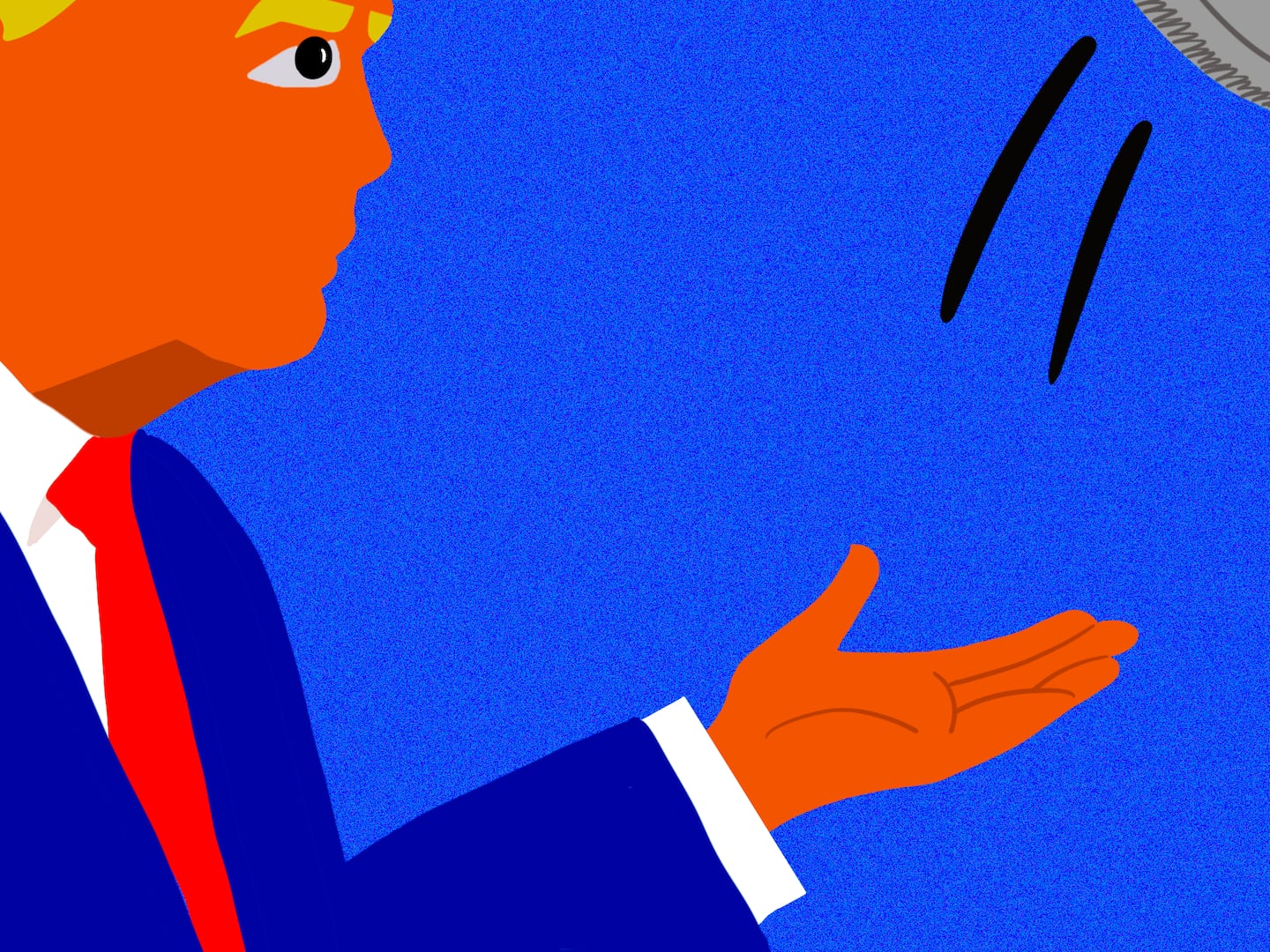A team of researchers from Newcastle University and Loughborough University in the United Kingdom had pressing questions about a feature of many popular video games. More and more, digital games seemed to be incorporating something called “loot boxes”—a surprise bag of random in-game goodies players could acquire in exchange for real-world money. Take the popular “FIFA” video game franchise, for instance, which has introduced loot boxes in the form of player packs. Gamers can purchase packs and collect famous soccer stars to play on their team. In addition to an aesthetic benefit, packs have a small chance of containing “rare” or “legendary” players who can strengthen one’s team in-game. Loot boxes don’t meet the legal definition of gambling, but they often take pages out of the same book.
Selling loot boxes in popular video games, the U.K. researchers wrote in a 2022 report, is “problematic,” in no small part because these games are regularly played by children and young people. Gambling, meanwhile, is restricted to adults above 18. In their study of 42 English families with children between the ages of 5 and 17, the researchers investigated how young people engaged with these paid reward systems—and their findings were striking and concerning.
One young person they interviewed routinely spent up to seven hours each day playing a popular mobile card game. He watched YouTubers who played the game and aspired to compete with them—but to do that, he needed better cards. The game sold him loot boxes in the form of packs of random cards that he purchased with real money. Since buying a pack didn’t guarantee that he’d get the rare cards he wanted, he kept purchasing packs, again and again. Over the course of a month, he had spent nearly $550 on the game.
“As soon as I was getting better players, I wanted to get better and better and better and better, like, I couldn’t stop,” the anonymous young person told the researchers.
“In my head I was like ‘stop,’” another young person told the researchers. “My guts were saying ‘stop’. Everything was saying ‘stop’, but my brain wasn’t. My brain was like ‘keep opening [loot boxes]’. It was hard. It was like when you’re addicted to something.”
Loot boxes have existed in video games for years. A Chinese game called Zhengtu Online, released in 2007 for PC, has been cited as the first modern online version of this element. The simplest explanation for their growing prevalence—by some estimates, they are now present in a majority of popular digital games— is that they make loads of money for gaming companies by encouraging players to make continuous microtransactions. These small payments to buy loot boxes add up: Market research firm Juniper Research estimates that loot boxes will generate video games over $20 billion in revenue by 2025.
But there may be a disturbing underbelly to this trend. High levels of loot box purchasing have been linked to signs of problem gambling, with new research suggesting the former might predict the latter in young players. Meanwhile, a new study finds that industry self-regulation (the main form of regulation in the U.S. and Europe) is significantly lacking. Taken together, experts interviewed by The Daily Beast say there’s cause for concern that parents may not be fully aware of the risks of loot boxes on their children and teens.
Your (Kid’s) Brain on Loot Boxes
Luke Clark, the director of the Centre for Gambling Research at The University of British Columbia, had been studying gambling for over a decade when his graduate students brought a new topic to his attention. They had been keeping tabs on “Star Wars: Battlefront II,” a much-anticipated 2017 video game that stirred up controversy in beta testing because of purchasable loot boxes that gave players an advantage through items, crafting parts, and in-game currency. Loot boxes only had a small chance of giving players the strongest items and parts, though, leading many to spend upwards of $100 to open the boxes again and again, leading players and officials alike to compare the game mechanic to gambling. “This game is a Star-Wars-themed online casino, designed to lure kids into spending money. It’s a trap,” Hawaiian Democratic State Rep. Chris Lee said at the time.
The apparent similarities between loot box purchasing and traditional gambling led Clark and graduate student Gabriel Brooks to conduct one of the first studies linking loot box usage to problem gambling. Since then, the association between the two has been pretty easy to establish in other games as well, Clark told The Daily Beast.
But there’s still an important distinction between determining an association between the two behaviors and figuring out if loot box engagement causes a person to develop problem gambling behaviors. Correlation, Clark emphasized, does not equal causation. A 2022 report from the U.K.’s Department for Digital, Culture, Media & Sport underscored this point between loot boxes and gambling harms, concluding there was evidence for an association but not a cause-and-effect relationship.
Currently, this leaves room for two theories, Clark said. The first is “migration”—that underage and adult video gamers exposed to gambling-like loot boxes might be more likely to move onto conventional gambling. The other theory is that the association is due to a case of reverse causality—experienced gamblers are attracted to video games with loot boxes.
Recent research is beginning to offer answers to these quandaries. Clark and Brooks published a study in the April issue of Computers in Human Behavior that tracked young gamblers’ and non-gamblers’ engagement with loot boxes and conventional gambling over the course of six months. They found that the more a non-gambler spent on loot boxes, the higher their odds of becoming a gambler after six months—providing evidence for the migration hypothesis.
Crucially, however, the participants in the study were not minors—they were on average 22 years old, since they were asked to report gambling behaviors that would not have been legal for minors in the regions studied (the U.S., U.K., and Canada). Future studies should try to replicate this finding in a younger age group to cement a migration pathway, Clark added.
Still, the results highlight why, from a brain development perspective, there are reasons to be concerned about young people in particular. Adolescent brains lack a fully developed logic center to regulate decisions about risk-taking. In other words, the gas pedal develops before the brakes. Gambling in minors can lead to immediate financial and familial problems and are associated with other risky behaviors including drug use and truancy.
Video game publishers have defended the use of loot boxes using a variety of arguments. “Battlefront II” publisher Electronic Arts justified the game’s loot boxes in a Reddit comment as a way to provide players with “a sense of pride and accomplishment for unlocking different heroes.” Redditors clearly felt otherwise, as that post holds the record for the single-most downvoted comment on the platform.
Another defense of loot boxes likens them to trading cards and Kinder Eggs, not conventional gambling. But Natalie Coyle, an independent psychology and video games researcher based in the U.K., told The Daily Beast that the research doesn’t support these comparisons.
Studies have found that the process of purchasing trading cards and novelty eggs contain several key differences from that of buying loot boxes—most importantly, a built-in waiting period. Buying a real-world product requires you to drive to the store or wait for a delivery to arrive. Compare that to the immediate dopamine hit felt from purchasing a loot box in a game, Coyle said—“It’s really not the same thing.” And in fact, one 2021 study found that spending money on collectible trading cards was not linked to problem gambling in the same way that loot box spending was.
On the other hand, techniques programmed into the opening of some loot box, like portraying “near misses” and using sounds to simulate “wins,” are more akin to gambling, the 2022 U.K. report authors wrote.
Although calls for the regulation of loot boxes often come from concerns about protecting children, Coyle stressed that people of all ages and walks of life play video games. Children and adolescents may be particularly vulnerable to risks associated with loot boxes and gambling, but legal adults can be susceptible, too.
“When people go to college and get their own finances, there are horror stories of it being spent on video games,” she said. “While the psychology of [buying loot boxes] might not change, sometimes the difference between being 18 and up is having access to money.”
Regulation Dysfunction
Researchers, parents, and regulators agree that the status quo of loot boxes in video games needs to change. And save for a few examples of federal regulation, most governments have relied on industry self-regulation from the same agencies that provide age-rating recommendations, Leon Xiao, a loot box regulation researcher at the IT University of Copenhagen, told The Daily Beast.
Infamous examples of industry self-regulation gone wrong—alcohol, tobacco, and fossil fuel, to name a few—should tell us that a laissez-faire approach to the video game industry is unlikely to succeed, though it seems few regulators have learned those lessons, Xiao said.
Xiao is the author of a study published on March 29 in Royal Society Open Science finding that, unfortunately, self-regulation isn’t going very well. In the U.S., the Entertainment Software Rating Board (ESRB) is the self-regulatory agency in charge of rating video games and alerting parents to games that contain loot boxes; in Europe, it’s Pan-European Game Information (PEGI). ESRB and PEGI labels for games containing loot boxes both read “In-Game Purchases (Includes Random Items).” But when Xiao looked at 66 games rated by both ESRB and PEGI, he found that more than 60 percent of them had been labeled by one agency but not the other—even though each agency was meant to alert consumers to the exact same thing.
When Xiao shared his findings with each board, they provided various explanations: ESRB did not retroactively label games that had been released prior to the launch of the loot box label, while some PEGI-labeled games did not contain loot boxes in Europe only. Still, the two agencies corrected several of their labels for mislabeled games.
Xiao also took a look at 100 popular games found on the Google Play Store that were known to contain loot boxes. When publishers upload a game to this store, they must fill out a questionnaire meant to help assign an age rating and loot box disclosure. Based on these games’ questionnaires, though, only 29 percent were labeled as containing loot boxes.
These games have since been properly labeled since Xiao shared his data, but he stressed that his findings are only the tip of the iceberg.
“The problem is, of course, that I only looked at about 100 games,” he said. “We got them labeled, but I will say there are tens of thousands of games containing loot boxes that are still not labeled on the Google Play Store.”
Even with proper disclosure, there’s some question of how well parents understand loot box warnings. A February study from researchers in Australia and New Zealand presented results from three experiments that found that “consumers do not appear to understand the ESRB/PEGI loot box warning.”
In the absence of better or more intuitive labeling, researchers like Xiao have called for “ethical loot box design” that would take more than industry self-regulation. In a 2019 paper, he and his co-author wrote that neither allowing industries to continue to self-regulate nor passing draconian bans would result in positive outcomes. Rather, they argued, “regulatory nudging” by offering video game companies tax and grant incentives could encourage them to lay off loot boxes or implement them more responsibly.
Many of the proposed changes in ethical loot box design are simple and intuitive, Coyle said: limiting low-value, “junk” items in loot boxes, capping purchases at a daily or monthly ceiling, and doing away with “pity” loot boxes that reward gamers who spend aggressively are all common-sense proposals that would enhance gameplay and start to mitigate the negative outcomes of loot box engagement.
If nothing else, this field of research should cause gamers and their families to take a skeptical look at loot boxes. More often than not, Coyle said, it’s not a fair shake for the consumer.
“The house always wins, and that’s especially true when it comes to video game publishers,” she said.










